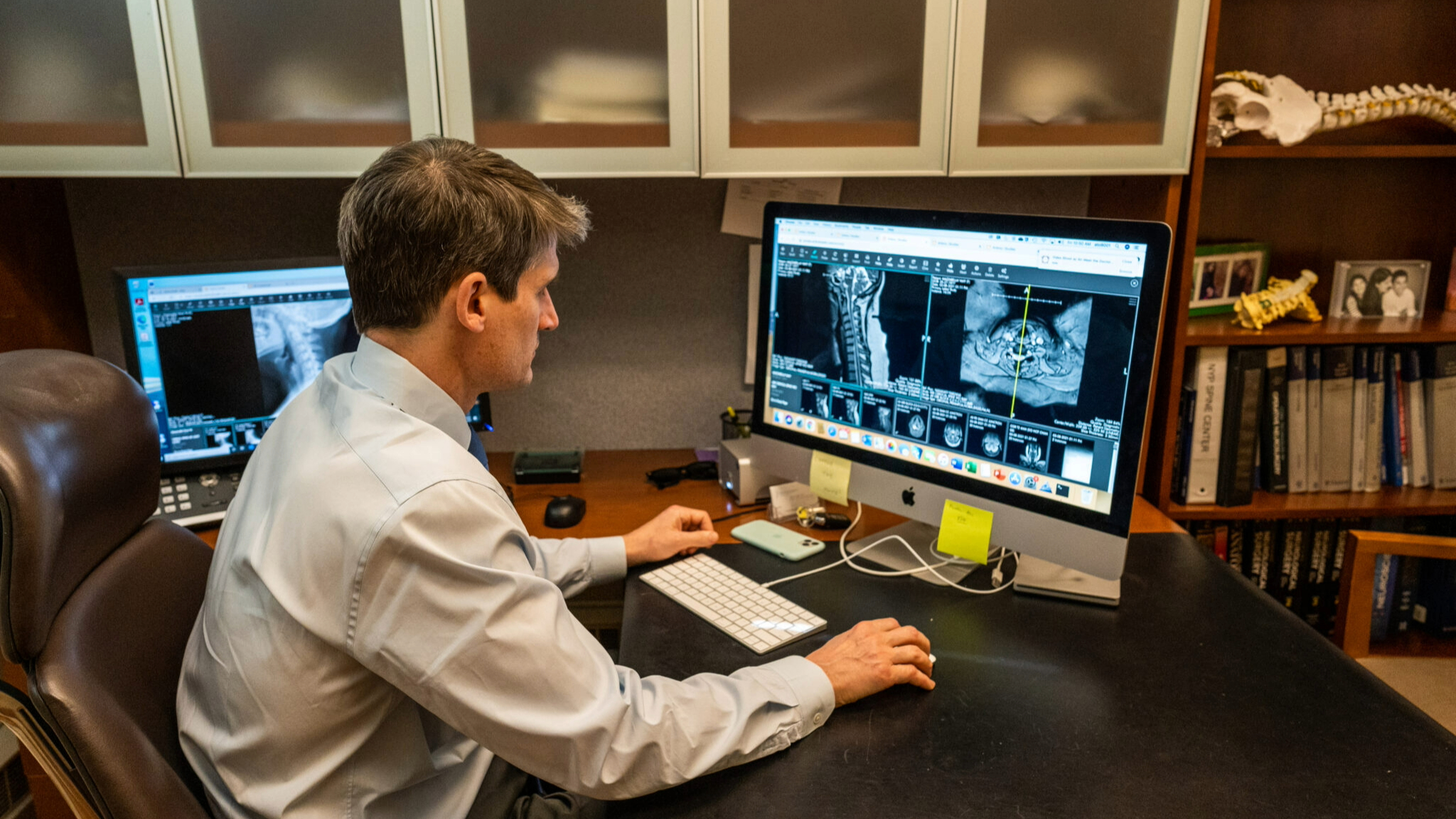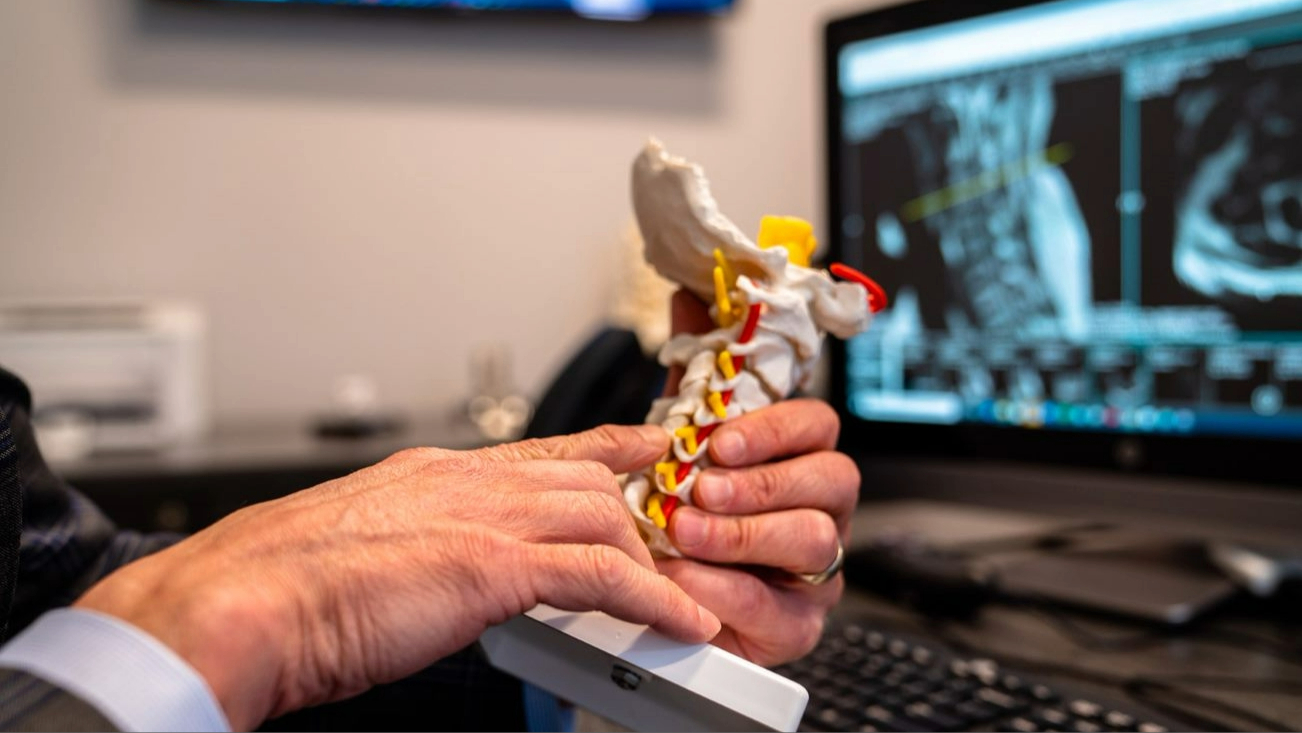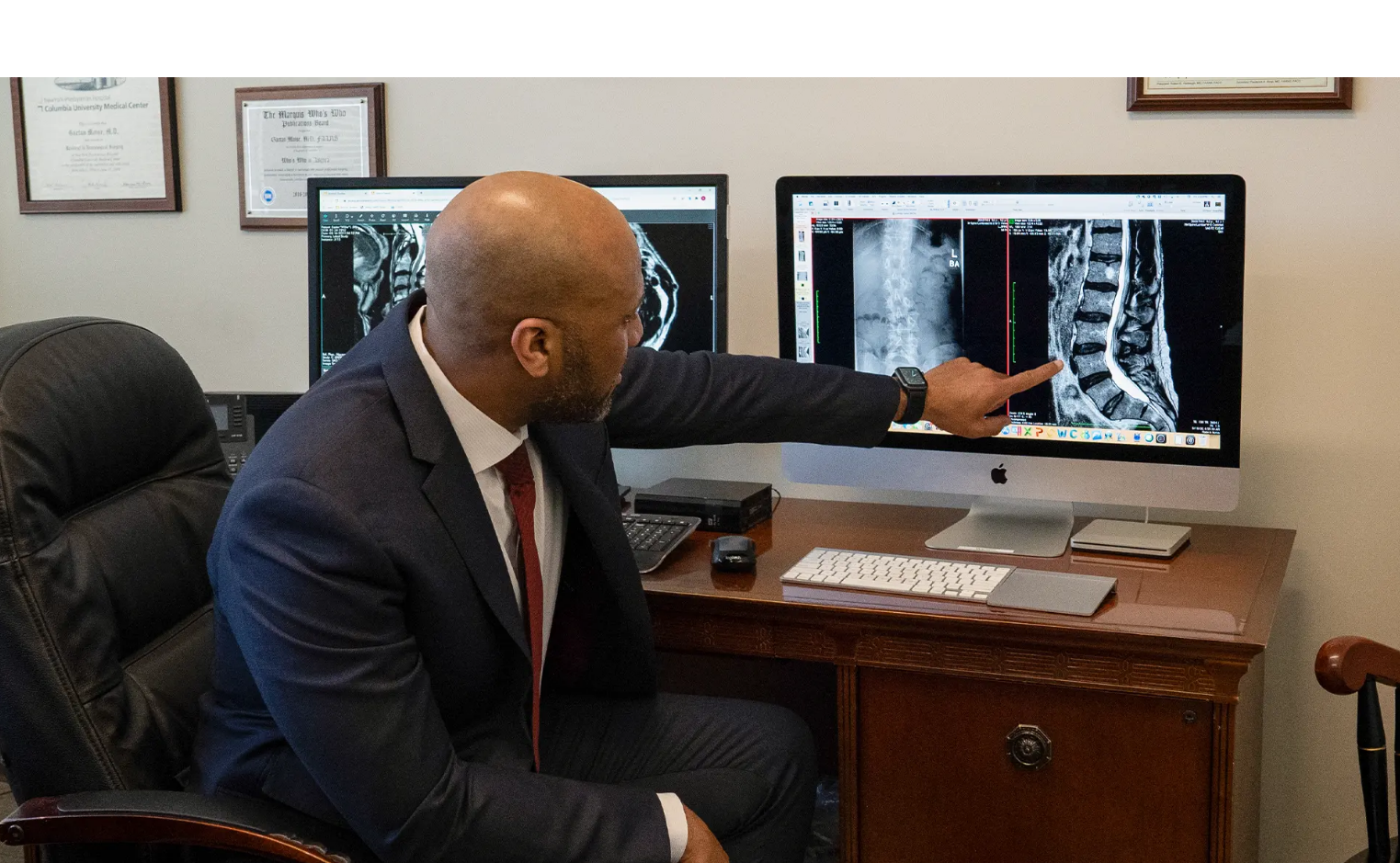
Spinal stenosis is a common condition that affects many individuals, particularly as they age. This occurs when the spaces within the spine narrow, leading to increased pressure on the spinal cord and nerves.
Spinal stenosis is a common condition that affects many individuals, particularly as they age. This occurs when the spaces within the spine narrow, leading to increased pressure on the spinal cord and nerves.
A procedure that has revolutionized spine surgery and positively impacted the lives of many is Transforaminal Lumbar Interbody Fusion (TLIF).
In recent years, ‘laser spine surgery’ has become a very popular term and generated a lot of interest from people looking for relief from back pain. In this article, we will explore what laser spine surgery entails and how it differs from traditional spine surgery.
Lumbar foraminal stenosis can cause significant pain and discomfort from a pinched nerve in the spine. Lumbar foraminotomy is a minimally invasive surgical procedure that can treat leg and sciatic pain associated with foraminal and spinal stenosis.
To understand this condition, it is also important to understand the anatomy of the lumbar spine.
The lower back, known as the lumbar spine, is composed of five vertebrae. These vertebrae are in the lower section of the spine, between the ribs and the pelvis.



